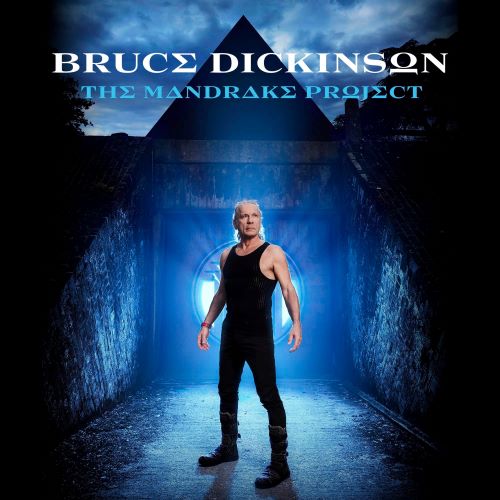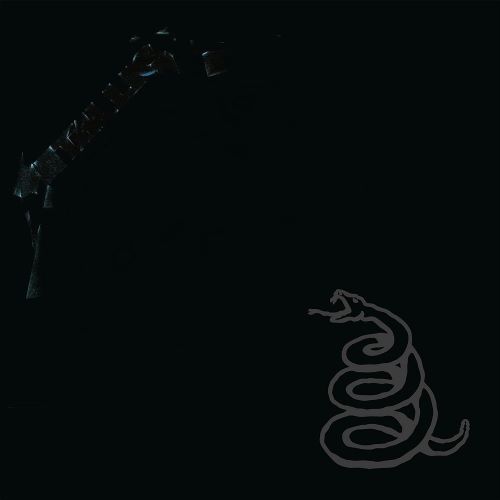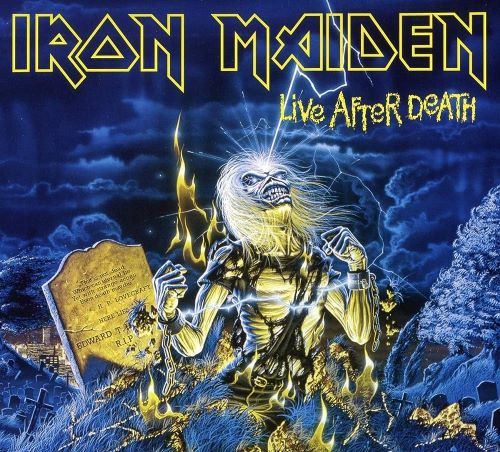
I’m now on to the first of three 1990’s live Maiden releases. Maiden England will be covered later on as I’m recognizing the 2013 release, this is purely for simplicity’s sake.
A Real Live One was released on March 22, 1993. The cover art, again done by Derek Riggs, features Eddie playing with some power lines. Eddie can do this because he doesn’t have the mortality thing to worry about. It’s a pretty cool piece of art and one of the final pieces Riggs would do for the band.
This a collection of songs taken from various stops on a 1992 European tour in late August and early September. Out of the 11 tracks 9 are from different venues, with a stop in Helsinki, Finland having 3 tracks on offer.
This release is a bit different in a few ways. It was the first of two companion live albums – this one features only songs from Somewhere In Time through Fear Of The Dark, at the time the band’s most recent album. The companion album A Real Dead One would feature tracks from albums before and is obviously the focus of next week’s post. I personally have no problem with the approach, Maiden had 9 studio albums out by this point so doing this split era kind of thing is no skin off my back.
One other curiosity about these – getting them isn’t the easiest thing in the world. CD copies aren’t bad, and the odd cassette from the original release can still be tracked down. Vinyl, though is another story. This was only released on vinyl in some territories originally and has not been reissued to date. This one is fairly expensive to get, it’d probably set someone back $200, though some deals can be had if a buyer wants to risk shipping from countries with noted unreliable mail service. The release next week is another story in terms of price.
These two initially separate albums were combined in 1998 for reissue purposes, this is the CD I have in my collection. This was widely available in 1998 but is actually kind of scarce now, this 2 CD set is more expensive than just obtaining the separate original CDs. I am very much hoping that camp Maiden will see fit to put out a vinyl reissue of both these albums, I’m honestly uninterested in paying the high prices for scarce ’90’s vinyl.
That about covers the background info, I’ll post the tracklist then get into the gritty details of this release.
Be Quick Or Be Dead
From Here To Eternity
Can I Play With Madness
Wasting Love
Tailgunner
The Evil That Men Do
Afraid To Shoot Strangers
Bring Your Daughter … To The Slaughter
Heaven Can Wait
The Clairvoyant
Fear Of The Dark
First up, the song selection. Everything is from the four most recent albums. At the time that’s not a bad play, their only UK number 1 song is on here as is a wealth of stuff from their 1990’s output. Seventh Son Of A Seventh Son is also well-represented with 3 selections, while Somewhere In Time suffers with the lone cut Heaven Can Wait. But that was a function of most Iron Maiden tours before 2023, that stuff just wasn’t played much so there aren’t any other performances to put on a live album.
In retrospect the 1990’s are considered Maiden’s weakest period, but I won’t use that as a metric for judging the song picks here. That wasn’t really a consideration in 1992 when this tour happened and the songs were picked. I don’t fault doing a ’90’s era live album and I don’t mind the songs picked here. If anything, it’s kind of cool to have a few tracks from No Prayer For The Dying on here. While I’m not over the moon for that album I still don’t really mind it and honestly I don’t think they’ve played a single thing from that record since these early ’90’s tours. And the 5 cuts from Fear Of The Dark are stronger songs from that record, thankfully they didn’t air out any of the crap they also put on that album.
Now it’s on to the quality of the album itself. To be honest and blunt, this album sounds like shit. It is not a quality recording. It is very muddy and not clear at all. This isn’t universally true, some songs do sound a bit better than others, I think it was a reason they reached for more material from the Helsinki show. And a few songs work fairly well even in pretty bad sound quality – I thought From Here To Eternity was pretty enjoyable even in the muck, while Be Quick Or Be Dead seemed to really suffer for the recording quality.
There is a lot of talk from this era about the band themselves being down, there was stuff slung around about Bruce mailing it in and stuff like that. I don’t necessarily hear anything like that, nor would I blame new guitarist Janick Gers for a slip in quality. I think this album’s fatal flaw is the recording quality, the performances themselves honestly come off fine and the crowd sounds like they’re into it all. These might be more basic outings than the more epic feel Maiden had live in the ’80’s but the albums they did around this time were stripped down and basic anyway, so it’s not a surprise that such things would come through live performances to.
It’s hard to pinpoint one real highlight here. I do think that the stuff from Fear Of The Dark comes off a bit better than the other songs, but that’s more a vibe check than anything. And the low points aren’t songs in and of themselves, it’s more that the recording is a bucket of ass and some of these songs get lost in a buzz that shouldn’t be there.
Truth be told this album shouldn’t have been released. Quality control really wasn’t there. It’s nice to have as a document of an unheralded era, but as we’ll see in two weeks, we already have that in better sounding form. For me A Real Live One should be on the scrap heap. We’ll see next week if its companion album fared any better.
The Iron Maiden Live Album Series
A Real Live One (you are here)
The Book Of Souls – Live Chapter
Nights Of The Dead – Legacy Of The Beast Live In Mexico City





